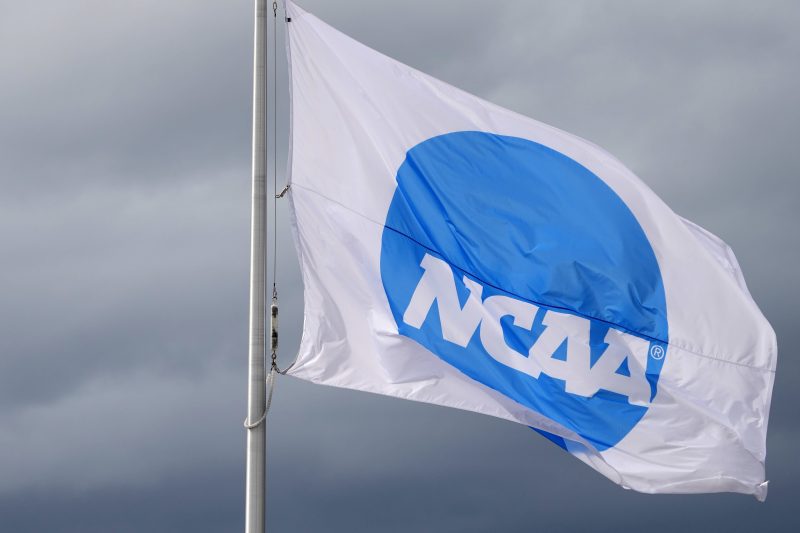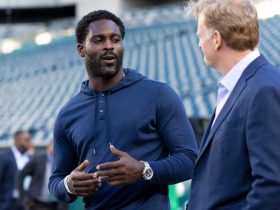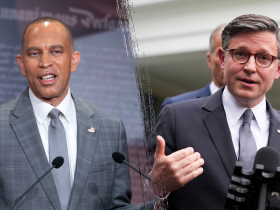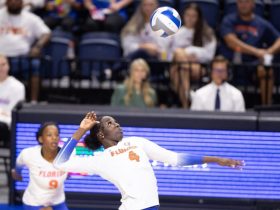Lawyers for a group of eight female athletes who objected to the settlement of three athlete-compensation antitrust cases against the NCAA and the Power Five conferences filed notice on Wednesday, June 11, that they will be appealing a federal district judge’s decision to grant final approval to the agreement.
Attorney John Clune told USA TODAY Sports this effort with the 9th U.S. Circuit Court of Appeals will not challenge the going-forward aspects of the settlement, which include schools being allowed to pay athletes directly for the use of their name, image and likeness, beginning July 1.
It will challenge, under federal gender-equity law, the legality of how more than $2 billion in damages is set to be distributed to current and former athletes who were unable to participate in NIL contracts. About 90% of that money is set to be paid to football and men’s basketball players because the damages model created by the plaintiffs’ economic experts is based on their assessment that the market for college athletes’ NIL compensation historically has been driven by revenues connected to those two sports.
In a filing in January, these objectors’ lawyers argued that, in the absence of rules preventing schools from making NIL compensation to athletes, those payments “would have been required to be made proportionately to male and female athletes due to Title IX.”
In her ruling that granted final approval of the settlement, U.S. District Judge Claudia Wilken disagreed, writing: ‘the objectors have cited no authority that Title IX applies to damages awards distributions made by a claims administrator are subject to Title IX. Accordingly, the Court cannot conclude that Title IX violations will occur when the Gross Settlement Fund is distributed by the claims administrator pursuant to the damages allocations that Plaintiffs have proposed.’
The appeal could significantly delay the start of payments of damages money to tens of thousands of athletes and to the plaintiffs’ lawyers, who have requested that they be awarded hundreds of millions of dollars from the total settlement pool of $2.8 billion. All of these payments are set to occur over a 10-year period.
As the settlement was approved by Wilken, in the event of an appeal of this nature, the NCAA and the conferences would begin making damages payments, but the money would be held in escrow — not paid to athletes or lawyers — until appeals are completed.
The notice of appeal was not accompanied by a legal argument. It just sets the stage for the 9th Circuit to consider the matter, and federal appeals courts frequently takes months to a year or more to work through cases. In addition, parties seeking to appeal this type of ruling by a federal district judge have 30 days to do so from the date of the ruling, which in this case was June 6.
In a statement June 11, objectors’ lawyers Clune and Ashly Hare said: “We support a settlement of the case, just not an inaccurate one that violates federal law. The calculation of damages is based on an error to the tune of $1.1 billion dollars. Paying out the money as proposed would be a massive error that would cause irreparable harm to women’s sports.
“This is a football and basketball damages settlement. Period. Title IX was created to reign in efforts such as these. Congress has expressly rejected efforts to exempt revenue-generating sports like football and basketball from Title IX’s anti-discrimination mandate.”
Steve Berman, one of the lead lawyers for the athlete plaintiffs in the cases being settled said in email to USA TODAY Sports: ‘This is unfortunate as these lawyers are now holding up payments to hundreds of thousands of athletes to pursue an appeal on a Title (IX) issue that the judge disposed of correctly and quickly. This wasn’t a Title (IX) case, it was an antitrust case. If these lawyers think the Title (IX) case was so great, they should bring it and not hijack the payments to college athletes.’








